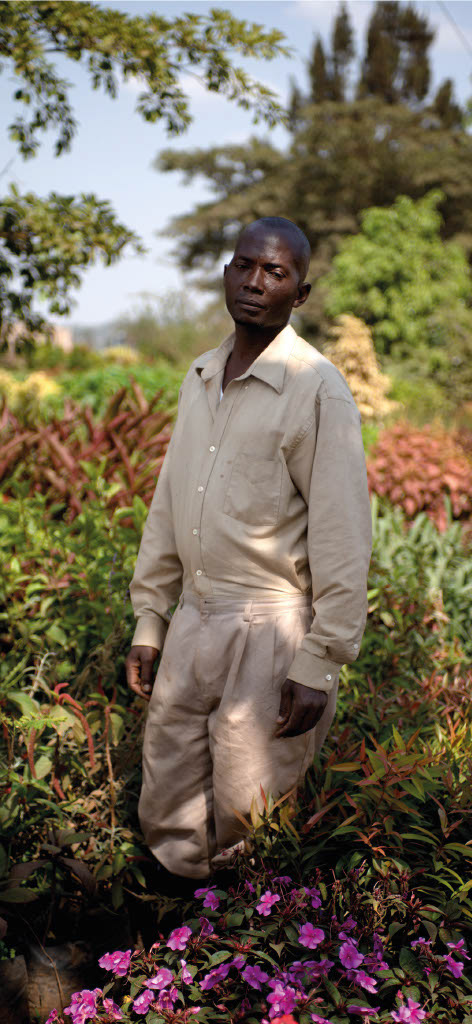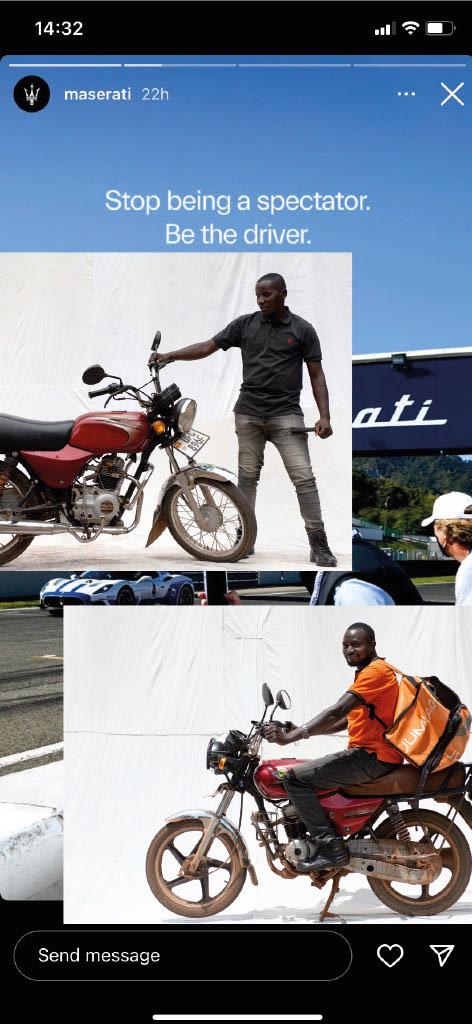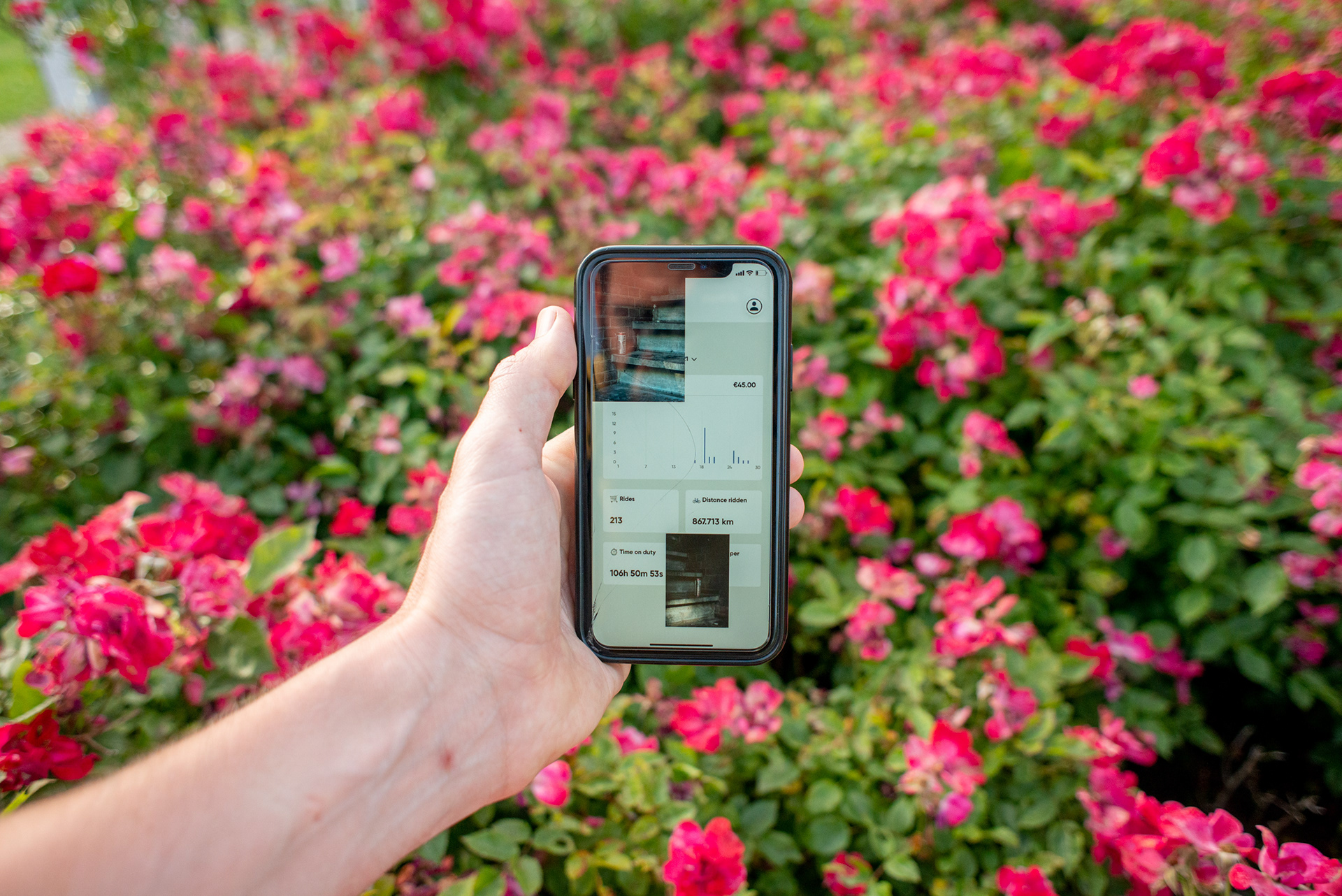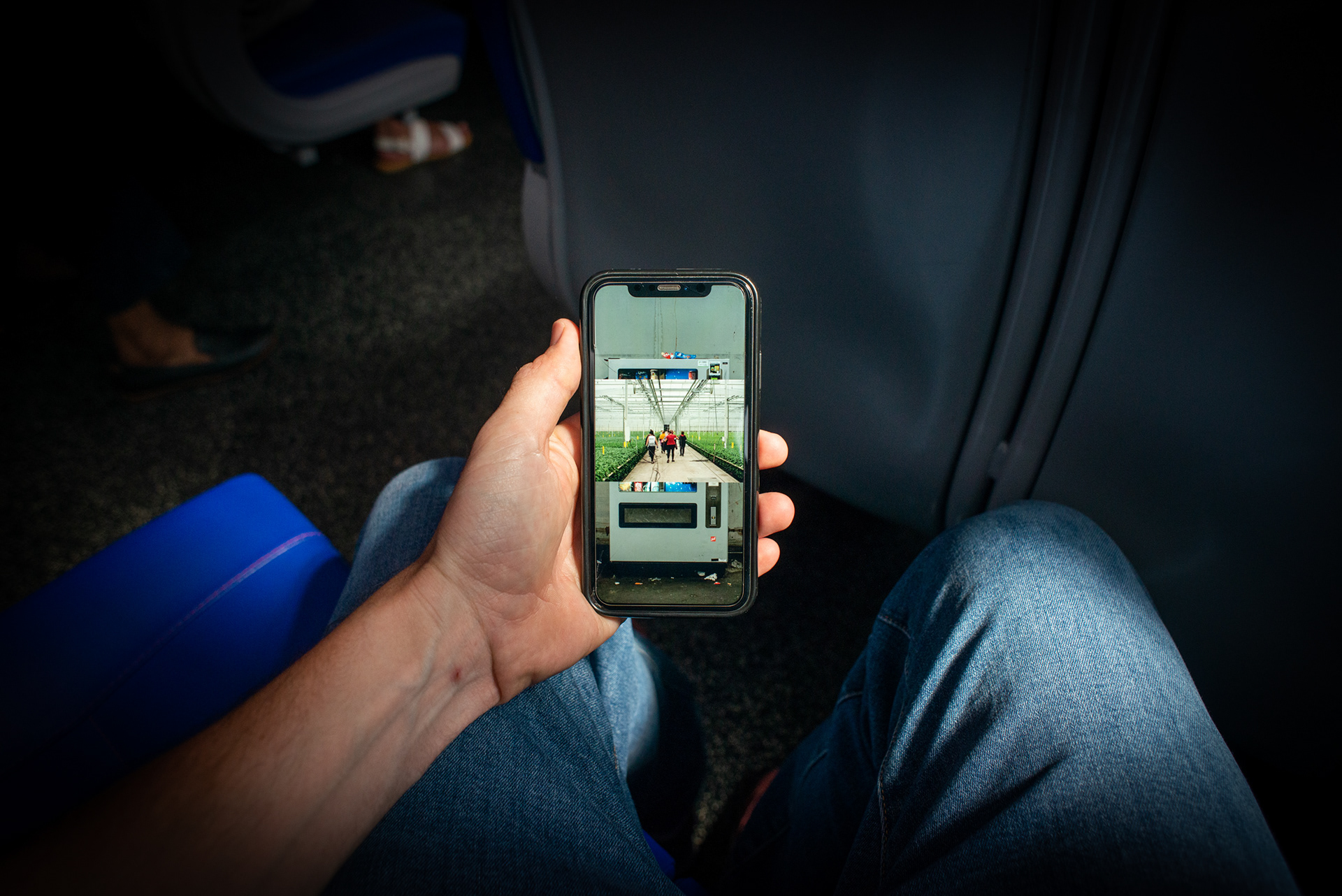I started this project because I wanted to change people’s minds. My sister worked at an orchid farm in Westlands, an area of dense agriculture outside of The Hague. Her colleagues were also from Europe's peripheries, mostly women, all paid minimum wage and hired as contractors rather than employees. Together these armies of unskilled-but-skilled hired hands would spend their days caring for all kinds of agricultural produce, from the mundane to the seemingly spectacular. The orchids that sell for discounted prices at the petrol station and the vegetables you buy at the supermarket are cheap because they are picked by workers like these, earning less than a living wage. In the evenings over dinner, I listened to her stories. At the same time I was looking around at the kinds of jobs that were hiring. Everything was low-skill and low-wage.







I started collecting pictures of the signs I saw of this shift, and when it came time to propose a main project for my MA I decided to continue with the topic. But as I began to dig into the topic and talk to more people, I was beset by doubts. First, the people I met and spoke to refused to fit the narrative that I had anticipated. The workers from the east approach their seasonal work with no illusions- they share houses, live cheaply and save everything they earn. These jobs offer great opportunities for progression, as anybody with the right eyes can see. In Uganda my subjects are my friends, and they wanted to tell me stories of their successes and victories much more than talking about their troubles. I came to realise that the real damage done by these kinds of jobs is invisible- it is the replacement of the long term with the short, a situation which generates quick profits but cannot last.







Which brought me to my other doubts, which were about the purpose of the images. They would live in a book, or maybe in a gallery, accompanied by careful captions. Wealthy audiences would look at them and feel concerned. Perhaps somebody would buy a print. Meanwhile the people in the pictures would get up and go to work again. The winds of change in global systems matter to their lives, but so too does putting shoes on their children’s feet. It is that spirit which these images tell, far more than the story of the erosion of workers' rights. There is harm being done, make no mistake, but the people in these pictures are the heroes of their own stories and the broken systems are not their doing.







Photography often presents the worker as symbolic of the system that oppresses them. This is a dangerous conflation, but its mindless acceptance reveals that gallery audiences often have more in common with bosses than workers. For this reason, I decided that instead of a book I would format the publication for digital circulation. By shaping it for a mobile phone screen I hope to make it more accessible to the people who it talks about, and to make something that can be shared. If you enjoy reading it, please forward it to a friend. And when you buy flowers at a gas station, spare a thought for the hands that picked them.





A Conceptual Note:
I rephotographed my own screen as I browsed the book during my everyday life, recontextualising the images and the book in new and unexpected ways. This final act specifically draws on a concept I theorised during the course, which I call the circuitum, the layer of meaning an image gains from the sites in which it is seen and the screens on which it is encountered. The circuitum acknowledges the screen as a personalised space formed by its user in collaboration with algorithms, and asks the viewer to consider what that specific sight and sensation of seeing changes about the image itself.





This dimension of the work ties in to my thesis, The Networked Audience, which argues that photography is failing to adequately respond to the possibilities of digital image distribution. That text can be accessed here. You can see the images, as well as various associated texts, visual experiments and other files, here. You can also read my thesis in 30 tweets here.
The concept of the circuitum now forms the basis of a new research program based within the MA Photography and Society course at the Royal Academy of Art in The Hague. Led by Dr. Andrea Stultiens and myself, this program seeks to understand the photographic encounter in the age of screen-mediated reality, following Gomez Cruz's concept of the screen as an interface. Updates will follow!
